Car Audio Fuses || What size fuse should I use?

There’s no understating the importance of fuses in your car audio setup. Installing the correct size of fuse is just as important as having one in the first place, so let’s go over some fuse basics, and then we’ll explain how to choose the correct size for your car audio installation.
What are Fuses For?
Fuses are added to your car’s electrical system as a safeguard to help prevent damage to your audio equipment, the rest of your vehicle, yourself, and your passengers. The fuse is a crucial piece of safety equipment that is necessary to have, especially when you’re running wires all the way from the battery under your hood to the amplifier in your trunk.
There are so many variables to installing car audio equipment, including different levels of power, different gauges of wire, different sizes of alternators and batteries, and the audio equipment itself. Between all the things, there is not a lot of room for error.
When a fuse encounters more current trying to pass through it than it can support, the fuse will blow, and the circuit will be broken. This break in the circuit cuts off the flow of electricity and protects everything on the other side of the fuse.
Your amplifier probably already has its own fuses, but they are only designed to look after your amplifier. If you don’t have a fuse, and your battery starts to drain its entire charge into the wires that travel throughout your vehicle and causes them to reach extreme temperatures, you’re going to have a very bad time, and that’s why you need a fuse at your battery.
Choose Wisely: How Big of a Fuse to Use
In order to determine the correct size of fuse to install at your battery, look at the equipment that’s running off the main wire coming from your battery for your audio system. How many amplifiers do you have, and how many amperes are they rated for?
For example: If you have three amplifiers that draw 60 amperes, 40 amperes, and 30 amperes each, then you need a 130 Ampere fuse.
If your total draw is somewhere in-between two sizes of fuses, you can go with one or the other. Going with the lower ampere fuse makes it more likely that you’ll blow the fuse accidently, even under a safe amount of current. Choosing the larger fuse offers you less protection. With that in mind, you do have 5 amperes of leeway.
The correct size of fuse to use in your car is the size that allows the maximum current to pass through that your audio equipment is rated to handle. If you use a fuse that is too large, then too much electricity will get through it. If you use a fuse that is too small, the circuit will break long before any of your gear is at risk, and your audio performance will be greatly hindered.
If you have replaced a fuse and it blows again, it can be frustrating. But it’s a good thing because this lets you know that something is wrong. And, a few new fuses are a lot less expensive than dealing with an electrical fire or having to replace your entire audio system.
Where Does the Fuse Go?
You need to install your fuse holder very close to your car’s battery for maximum effectiveness and safety. Leaving too much distance increases the exposure to dangerous wiring in the event of a short circuit. The rule of thumb is to place the fuse holder around a foot or a foot and a half away from your battery at the most, but less distance is ideal.
The fuse holder attaches to the positive post on your car’s battery. If you have a second battery in your trunk, add a second fuse next to it.
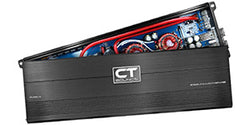
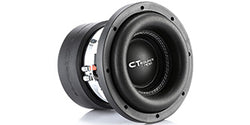
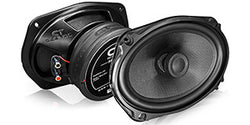
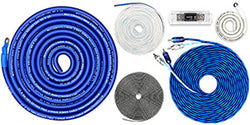
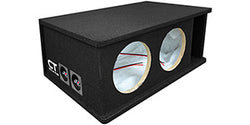
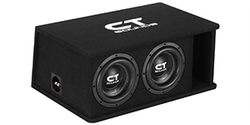
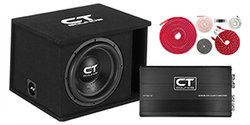




Leave a comment